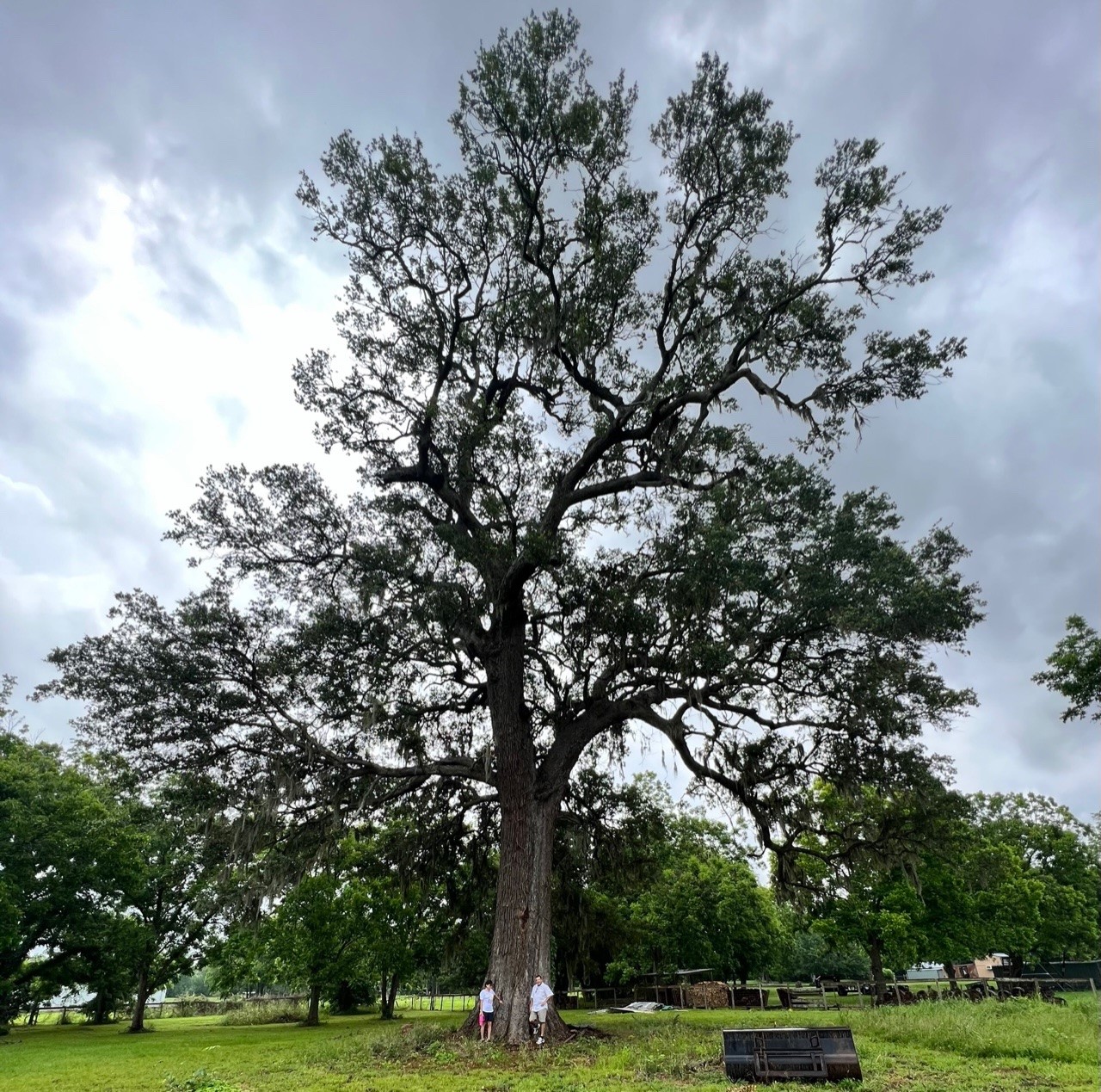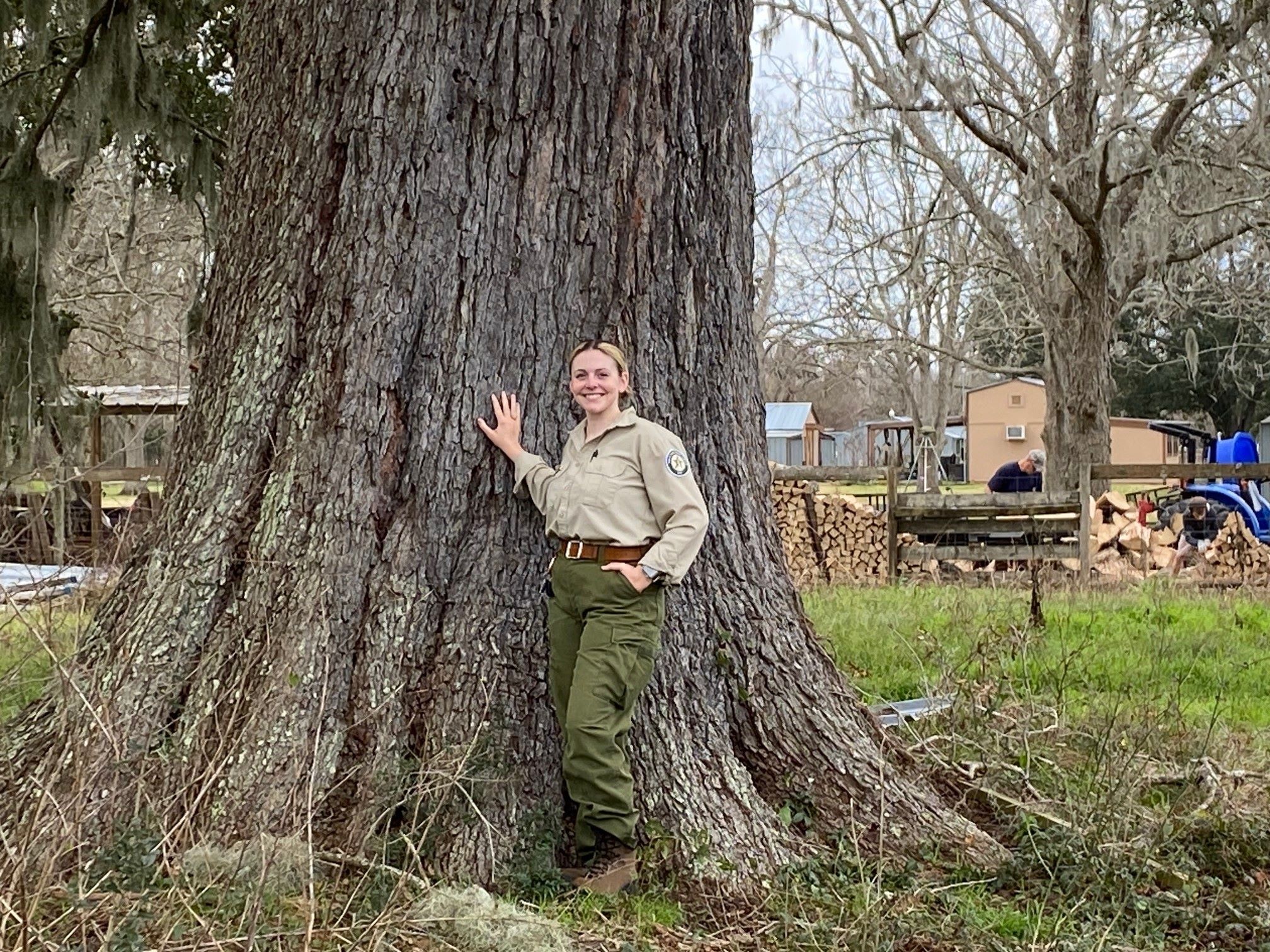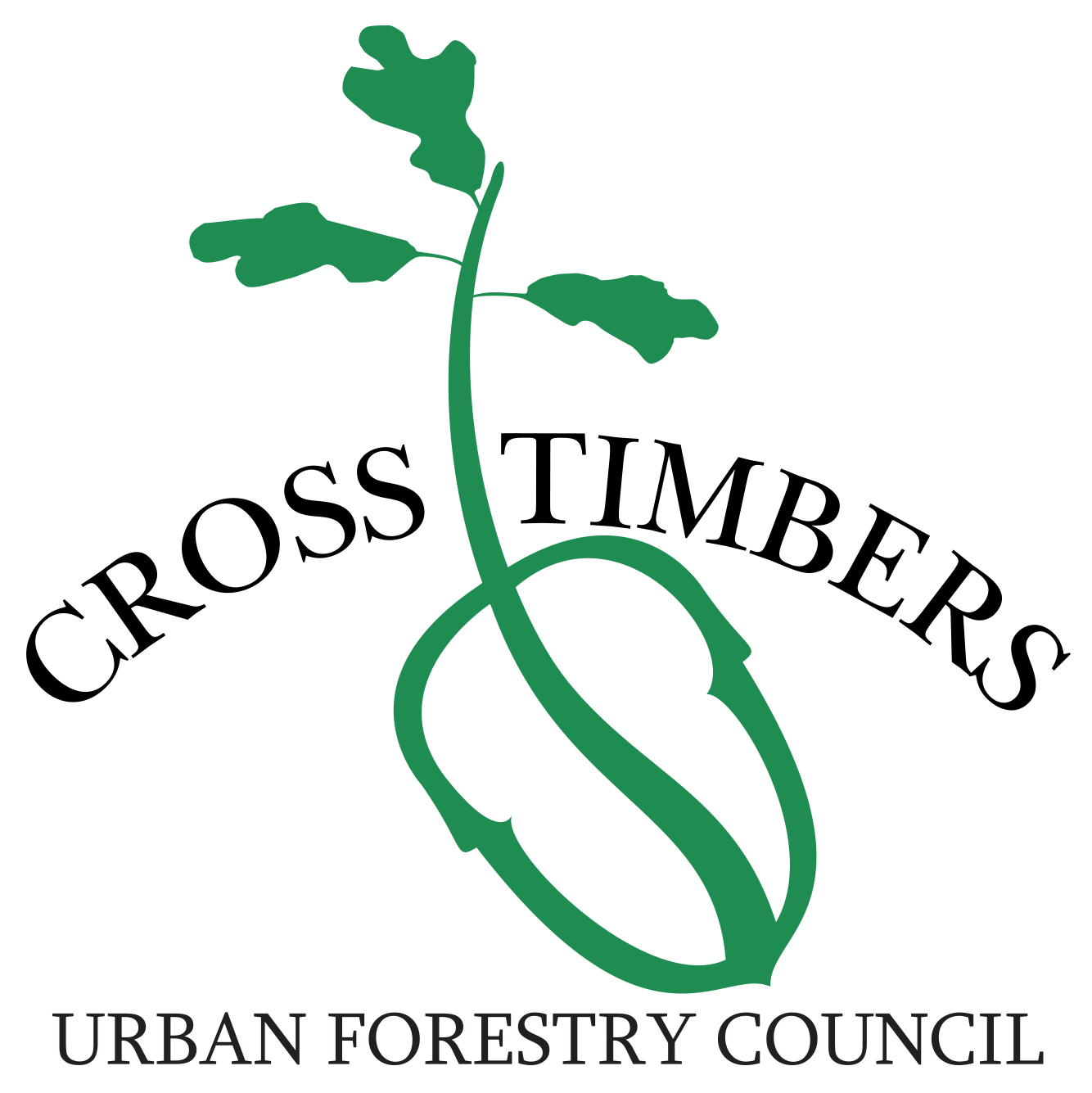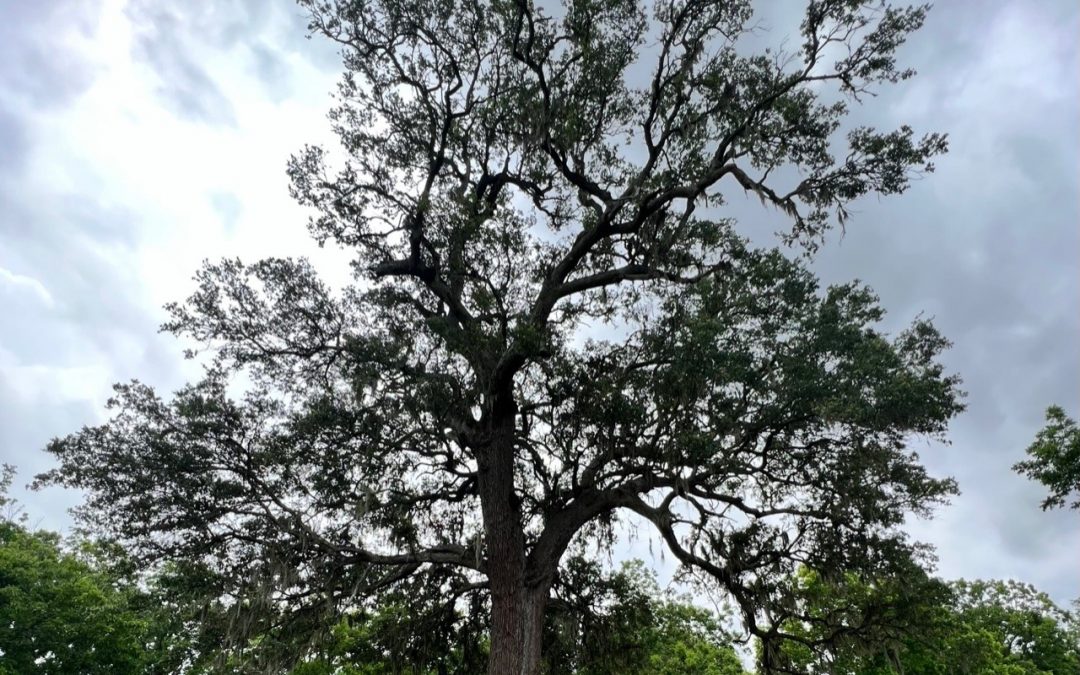By Mickey Merritt, Texas A&M Forest Service, Big Tree Program Coordinator

When we think of Southern or coastal live oaks (Quercus virginiana), we generally think of them as having a spreading crown, sometimes exceeding a 2:1 crown/height ratio, a short but large diameter trunk and a relatively short height, often between 45 – 65 feet tall. For most of us, the live oaks that we are familiar with are usually open grown and planted, usually in urban areas. But do live oaks display those same growth habits when they grow naturally in native forest stands? Live oaks in native stands along the mid – upper Texas coast, where they have increased competition, seem to exhibit somewhat different growth characteristics. They seem to have a slightly smaller trunk diameter or circumference than open grown trees and they are quite often significantly taller with a slightly smaller average canopy spread.
Last summer, the Texas A&M Forest Service’s Big Tree Registry (BTR) Program was contacted by a private landowner who was interested in knowing the age of a “large” live oak on his property in what was once part of the Columbia Bottomlands in Brazoria County, historically a region of coastal prairies interspersed with heavily forested areas. Determining the age of live oaks without the help of historical records can be somewhat difficult due to various environmental conditions, soil factors, human activities, false growth rings, etc.. However, after reviewing photos of this tree, we thought it might be large enough to qualify for listing in the Texas Big Tree Registry.
Trees that are submitted to the Texas BTR are scored and assessed a Tree Index based on National Champion Tree Program guidelines of 3 measurements: circumference at 4.5 feet above the ground, height, and 25% of the average crown spread (acs): cir. + height + (acs*.25) = Tree Index. Circumference is measured in inches, while tree height and acs are measured in feet, https://texasforestinfo.tamu.edu/BigTreeRegistry/Nominate.

Driving up to the tree, we noticed it was large, but we didn’t realize how large it really was. Often when trees are not near other objects that we can use as a size comparison, it can be difficult to gauge their size. After measuring the tree and even though it had a lesser overall Tree Index than the current state champion live oak, also in Brazoria County, it is the tallest verified and recorded live oak in the Texas A&M Forest Service database. The measurements are 256 inches (23.3’) in circumference, 102 feet in average crown spread and a whopping 94 feet tall. Due to the height, this tree was able to crack the Top 10, coming in 9th, on the list of the largest live oaks in Texas. (full disclosure: there is an old nomination in the database from 1965 of a live oak that was reported to be 120 feet tall, but it was never verified and there is no longer a large live oak at the location listed)

It is interesting when looking at the listing of Southern live oaks in the Texas BTR that out of the 32 trees that qualify for listing in the registry, 10 or roughly 1/3 of these trees are over 70 feet in height and out of those 10, eight (8) are in areas that are in close proximity to the coast and were once heavily forested, and five (5) are in areas once occupied by the Columbia Bottomlands. In researching the live oaks in other states, we discovered Florida has three listings of trees that are over 80 feet in height, all in forested or once forested areas, and one of those is reported at 97 feet tall.
Now the question becomes, are our preconceived beliefs of live oaks growth habits accurate? While we know that most species will grow taller with competition, is it only the competition that makes these live oaks taller or do genetic strains also come into play?
The Columbia Bottomlands is a little-known Texas treasure, it is a threatened Texas coastal forest composed of forested floodplain wetlands interconnected with adjacent coastal prairies. This unique forest, originally about 700,000 acres in size, but now reduced to less than 175,000 acres, is found only along the lower Colorado, San Bernard, and Brazos Rivers in Fort Bend, Brazoria, Wharton, and Matagorda Counties. These bottomlands are critically important for millions of migratory birds using it as a staging area between wintering habitats in the Caribbean and South America, and breeding areas in North America. One study found that over 230 species of birds, numbering about 240 million individuals, migrate through the Columbia Bottomlands each year. Additionally, these bottomlands are home to some of the oldest and diverse forests left in Texas and include tree species such as green ash, pecan, water hickory, bald cypress, sugar hackberry, American elm, cedar elm, water oak, Shumard oak, Durand oak, live oak, bur oak, black willow and many others. In fact, the most southwestern known native stand of Nuttal oak (Quercus texana) occurs in the Columbia Bottomlands, as well as a rare and endangered corkwood species (Leitneria pilosa ssp. pilosa) and what researchers have found to be a hybrid palm species, Sabal x brazoriensis, a hybrid of S. minor and S. palmetto.

